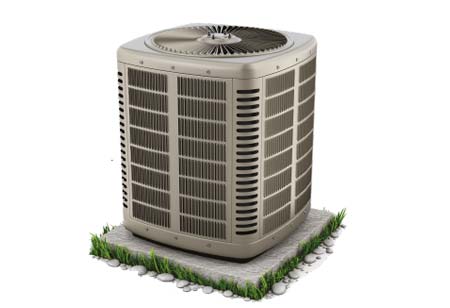Thank you for Subscribing to Construction Business Review Weekly Brief
Specials
- Apartment and Condominium Contractors Canada
- Decking Canada
- Architectural Glass Europe
- MEP APAC
- Construction Saudi Arabia
- German Apartment and Condominium Contractors
- Construction Law APAC
- Outdoor Construction
- Foundation Construction Canada
- MEP Canada
- Kitchen and Bath
- Cold Storage Construction APAC
- Precast Concrete Europe
- Construction Staffing Europe
- Pre-Construction Services
- Flooring System APAC
- Scaffolding Canada
- Swimming Pool Construction Canada
- Construction Management Canada
- Cold Storage Construction Canada
- Flooring Systems Europe
- Residential Construction
- Concrete Canada
- Construction Cladding Europe
- Construction Cladding APAC
- Concretes, Aggregates and Construction Materials APAC
- Concretes, Aggregates and Construction Materials Europe
- Commercial Contractors Europe
- Commercial Contractors APAC
- Dummy
- Construction Insulation, Coating and Waterproofing
- Construction Management APAC
- Landscaping Canada
- Construction Coating Europe
- Construction Tech Startups Europe
- Insulation Services Europe
- Mechanical Contractor Canada
- Mould Remediation and Testing Europe
- Swimming Pool Construction APAC
- Building Sealing Solutions Europe
- Construction Engineering Services
- Mechanical Electrical and Plumbing
- Roofing Systems Europe
- Architectural Glass APAC
- Startups APAC
- Construction Forensic and Owners Representative
- Flooring System
- Waterproofing APAC
- Wall Systems
- Safety and Compliance Europe
- Construction Bidding and Auctions
- Modular and Prefab Construction
- Architectural Glass
- Construction MENA
- Construction Demolition and Recycling Europe
- Modular Construction Europe
- Construction Interiors
- Steel Building APAC
- HVAC
- Doors and windows
- Construction Latam
- Building Information Modeling APAC
- Sustainable Construction APAC
- Building Restoration and Maintenance
- Commercial Contractors
- Specialty Construction
- Construction Engineering Canada
- Construction Engineering MENA
- Modular Construction Canada
- Modular Construction APAC
- Roofing and Siding Systems
- Workforce Management and Staffing
- Roofing Systems APAC
- Construction Consulting
- Steel Building Europe
- Construction Demolition and Recycling APAC
- Safety and Compliance APAC
- Concretes, Aggregates and Construction Materials
- Construction Cladding
Best Practices of Hvac For Optimal Efficiency
Heating, Ventilation, and Air Conditioning (HVAC) systems are pivotal in maintaining optimal indoor conditions

By
Construction Business Review | Thursday, October 10, 2024
Stay ahead of the industry with exclusive feature stories on the top companies, expert insights and the latest news delivered straight to your inbox. Subscribe today.
Heating, Ventilation, and Air Conditioning (HVAC) systems are pivotal in maintaining optimal indoor conditions, upholding air quality, and fostering energy efficiency across residential, commercial, and industrial environments. To maximize their efficiency and lifespan, following a set of best practices that ensure proper installation, operation, and maintenance is crucial. One of the most essential best practices in HVAC systems is ensuring correct installation and sizing. An HVAC system that is improperly installed or incorrectly sized for a building can lead to various issues, such as poor energy efficiency, inconsistent temperatures, and frequent breakdowns.
Calculating the building’s heating and cooling load before selecting an HVAC system is crucial. Too large systems may short-cycle, leading to energy waste and wear and tear. Professional installation by certified HVAC technicians ensures that the system components, such as ductwork, electrical wiring, and refrigerant lines, are correctly configured. Proper installation minimizes the risk of future malfunctions and ensures that the system operates according to the manufacturer’s specifications. Preventive maintenance is essential for keeping an HVAC system running efficiently and extending its lifespan. Dust and debris accumulate on an HVAC system’s coils and blower components.
The most straightforward yet effective maintenance task is replacing or cleaning air filters regularly, typically every 1-3 months. Clogged filters restrict airflow, reducing efficiency and straining the system, which can lead to higher energy costs and breakdowns. Regular cleaning of evaporator and condenser coils improves heat transfer efficiency, while cleaning blower motors ensures proper airflow, preventing system strain.





